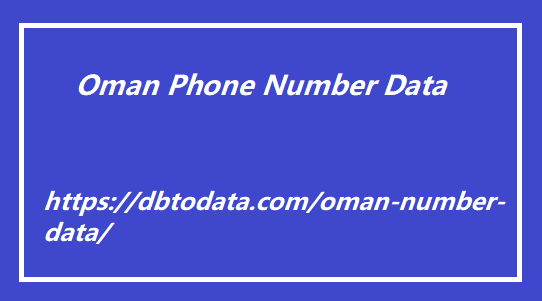|
|
However, it is not enough to simply list URLs; there are rules for how to write them. (By the way, if it is a text file rather than an XML file, you can also do it with a simple list of URLs.) How to write First, let's look at an example of a basic description. Specify the namespace as If this is not set correctly, an error will be displayed when submitting the sitemap to Google Search Console. Also, be careful not to forget to close the tag. The character code and namespace are standard descriptions, so there is no need to change them for each site. <url> This is a parent tag that brings together various tags including URLs. Write the information you want the crawler to read.
Enter the URL of the target page here. The specified URL should not be a relative path Oman Phone Number Data but an absolute path starting with http or https. Also, please specify the Japanese URL encoded in UTF-8. Optional tag The following tags are optional, so write them as you like. Optional tag Indicates the date the page was last updated. The example description includes the date, but you can also include the update time as shown below. However, since the update time can be omitted, there is basically no problem with just the year, month, and day. This is a description that tells how often the target page is updated. The values that can be specified are as follows.

updated every time you access it hourly Updated every hour daily Updated every day weekly・Updated every week monthly・Updated every month yearly・Updated every year never... not updated This tag allows you to specify crawl priority. Priority is determined by entering a number from 0.0 to 1.0, but since it is a relative evaluation, if all important pages are set to 1.0, all URLs will have the same priority. Be sure to set different numbers for high-priority pages and low-priority pages. Search engines use these descriptions as reference when crawling. However, as it is treated as a reference value only, it is not a description used for the purpose of increasing crawl frequency. For example, even if a page is written as "never", the page content may change, so search engines will crawl it regularly. If you have a page that you do not want to be crawled, use robots.txt separately to control crawling.
|
|